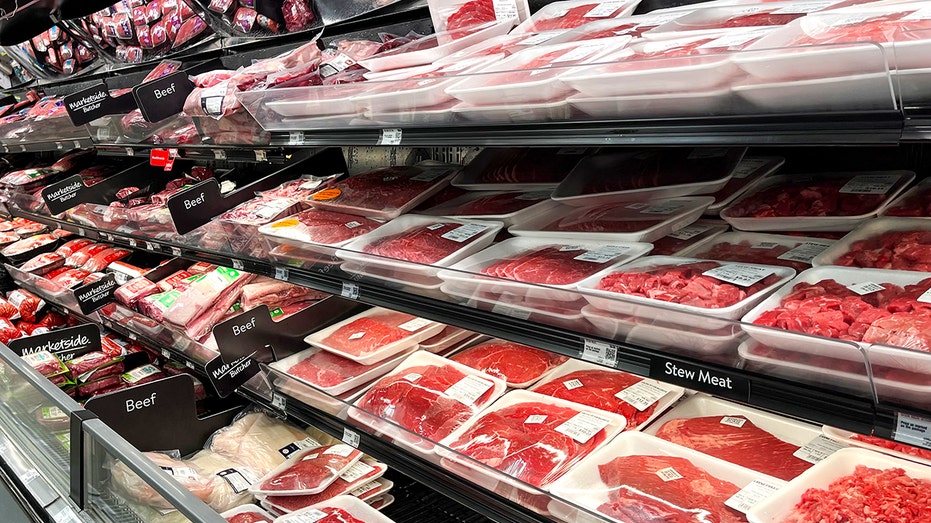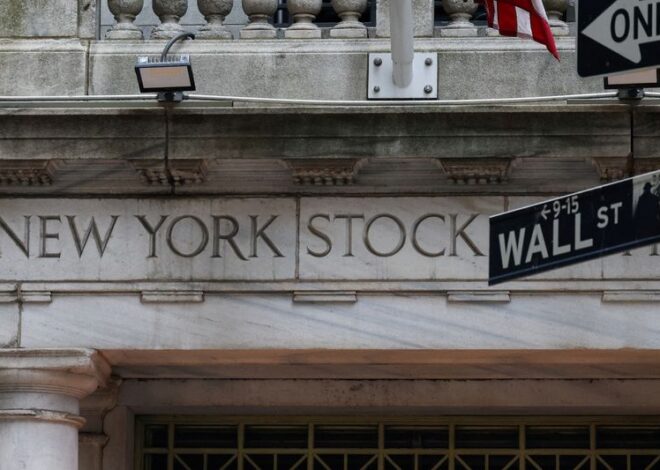
Americans keep buying beef despite record-high prices at grocery stores
Congressman Troy Downing, R-Mont., joined ‘Mornings with Maria’ to discuss the shutdown’s economic toll, record-high beef prices and the president’s $2,000 relief plan amid growing fears of inflation and rising debt.
Beef prices have climbed to record highs, and yet Americans keep buying steaks.
Economists say that deep-rooted demand is helping drive prices higher and there’s little sign it will ease anytime soon.
Glynn Tonsor, a professor of agricultural economics at Kansas State University, told Fox News Digital that strong consumer demand continues to push beef prices upward, regardless of supply fluctuations.
TRUMP ORDERS DOJ TO INVESTIGATE MEATPACKING COMPANIES FOR ‘ILLICIT COLLUSION’ AMID RISING BEEF PRICES
“There’s nothing that forces me or you or anybody else when we go into the grocery store to pay more for beef. People are choosing to,” he said.
“The consumer desire for beef is strong and, regardless of the supply-side situation, that has the effect of pulling prices up.”

The average price of beef in grocery stores climbed from about $8.40 per pound in March to $9.18 per pound by August 2025. (Ronaldo Schemidt/AFP / Getty Images)
According to USDA data, the average price of beef in grocery stores climbed from about $8.40 per pound in March to $9.18 per pound by August 2025, a roughly 9% increase over that period.
Americans are still buying, though, in fact, more than ever.
In 2024, shoppers spent over $40 billion on fresh beef, which made up more than half of all fresh-meat sales, according to data from Beef Research, a contractor to the National Cattlemen’s Beef Association.
BESSENT WARNS ‘PERFECT STORM’ BREWING FOR BEEF PRICES
Industry analysts say that while beef supplies are expected to get even tighter in 2025, prices could climb a bit higher.
Despite those pressures, economists like Tonsor say Americans’ loyalty to beef remains unmatched and that large-scale production is part of what keeps it within reach for consumers.

Cattle are shown in pens at the Cattlemen’s Columbus Livestock Auction in Columbus, Texas, on Oct. 8, 2025. (Melissa Phillip/Houston Chronicle/Getty Images / Getty Images)
“I would argue that those economies of scale benefit consumers,” Tonsor said. “The ability to operate at a cheaper cost per head and, ultimately, per pound produced gives us the ability to offer beef and every other item we’re talking about at a cheaper price. Anything we do that loses those economies of scale actually hurts consumers in the form of higher prices.”
But even with strong consumer appetite keeping the market buoyant, ranchers are facing challenges on the other end of the supply chain.
TRUMP’S BEEF IMPORT PLAN IGNORES KEY ISSUE SQUEEZING AMERICAN CATTLE RANCHERS
While strong demand is one reason beef prices remain high, supply is another.
Years of drought, high feed costs and an aging ranching population have thinned herds across the country, leaving the U.S. cattle supply at its lowest level in more than 70 years.

A ranch hand rounds up cattle at the Adams Ranch Inc. in St. Lucie County, Florida, on July 9, 2013. (Ty Wright/Bloomberg / Getty Images)
Derrell Peel, a professor of agricultural economics at Oklahoma State University, said the current supply crunch won’t be fixed overnight.
“The fact of the matter is there’s really nothing anybody can do to change this very quickly,” Peel said. “We’re in a tight supply situation that took several years to develop, and it’ll take several years to get out of it.”
CLICK HERE TO GET FOX BUSINESS ON THE GO
He noted that there’s no quick way to ease pressure on cattle prices, since it takes roughly two years to bring animals to market and several years to rebuild herds.
Meanwhile, the Trump administration says it’s working to bring down beef prices by boosting supply through more imports from countries like Argentina, while laying the groundwork for a long-term plan to strengthen the U.S. cattle industry.


